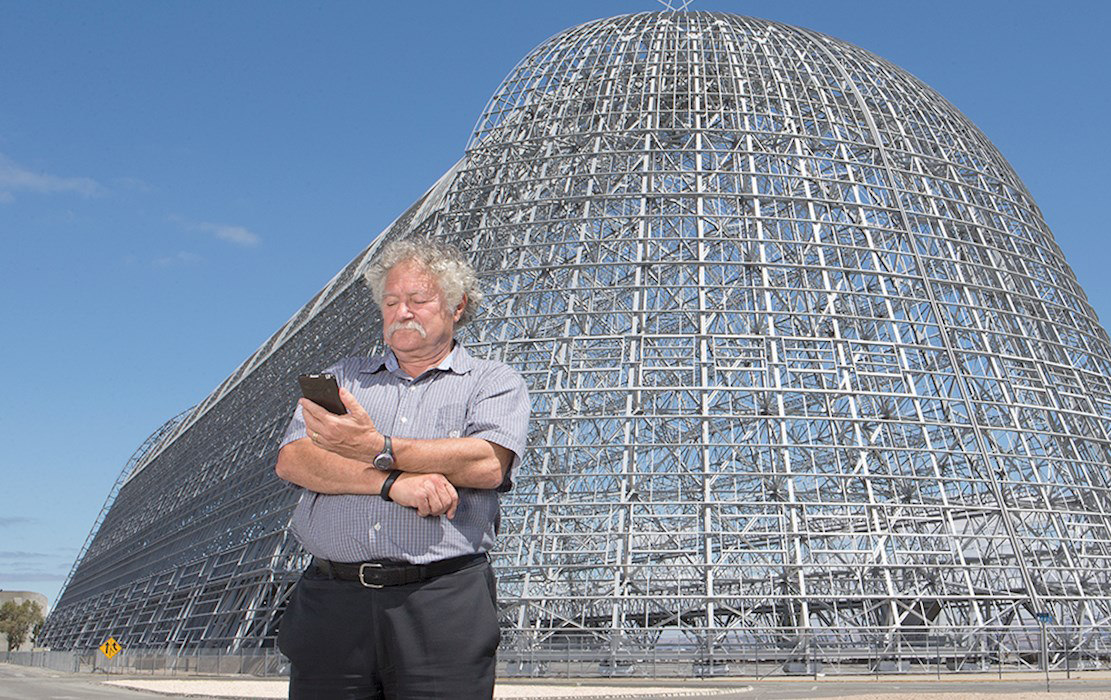Wireless Emergency Alert
Emily Durham
Jun 20, 2016

Source: Jack Hutcheson
Martin Griss, Principal Research Scientist and Director of the Disaster Management Initiative at CMU-SV
The Federal Communications Commission (FCC) recently adopted a Notice of Proposed Rulemaking that suggests updates to the current regulations concerning Wireless Emergency Alert (WEA) messages. These proposed revisions will improve the clarity and distribution of WEA messages by increasing their efficiency, reliability, accessibility, and timeliness to individuals impacted by disasters such as earthquakes, tornadoes, and floods.
The FCC’s proposed updates to WEA message regulations are supported by extensive research—including research performed by faculty members at Carnegie Mellon University Silicon Valley (CMU-SV).
The FCC cited Department of Homeland Security Science and Technology Directorate (S&T) research undertaken by the First Responders Group’s WEA Program, of which Carnegie Mellon faculty were a part. This research was the basis for the intended rule change, which will empower state and local alert originators to participate more fully in WEA and ensure that relevant emergency information reaches the public in a timely manner.
The FCC report listed several proposed revisions to WEA, many of which we highlighted in our reports
Martin Griss, principal research scientist and director, Disaster Management Initiative at CMU-SV
“The FCC report listed several proposed revisions to WEA, many of which we highlighted in our reports,” said Martin Griss, principal research scientist and director of the Disaster Management Initiative at CMU-SV. “These reports were designed to improve the clarity of WEA messages (increased message length, embedded URLs), improved
Former regulations had capped messages at a 90 character limit, but in order to improve the effectiveness of WEA message content, the proposed revisions
The Carnegie Mellon research had several key components, each of which contributed to the FCC’s proposed revisions. These components included interviews and surveys with alert originators in order to understand issues with adoption and use of WEA; the development of prototypes that allowed for testing of messages of different lengths, levels of
“The FCC highlights our work and the work of others that identifies finer-grain geo-targeting as a major need in improving WEA, as well as other improvements,” said
The research cited in the FCC’s Notice of Proposed Rulemaking was performed by Principal Investigators and members of the Disaster Management Initiative at CMU-SV: Martin Griss, Distinguished Service Professor of Electrical & Computer Engineering Bob Iannucci, and Associate Teaching Professor of Electrical & Computer Engineering Hakan Erdogmus.